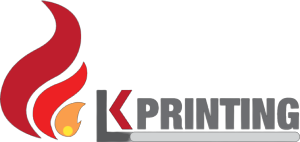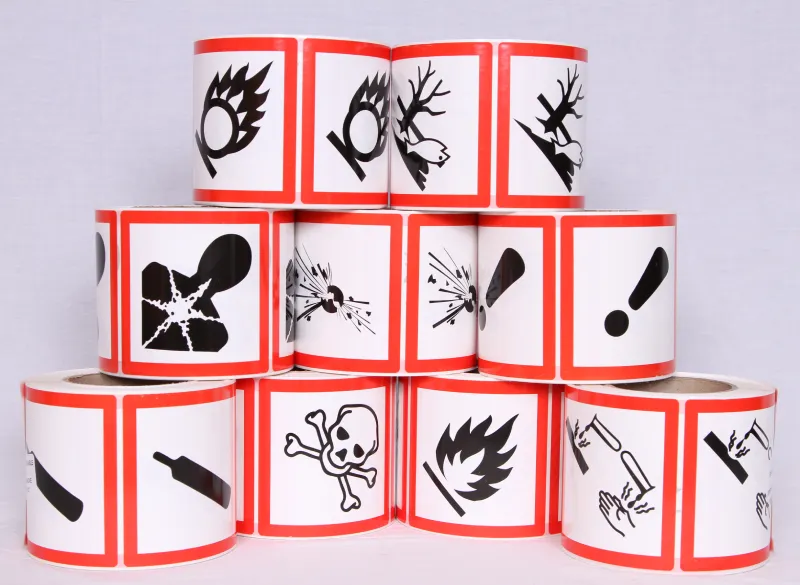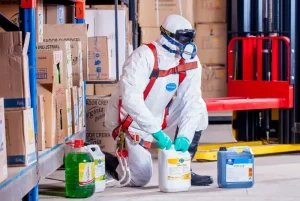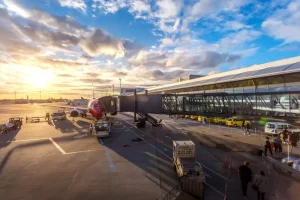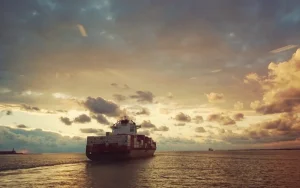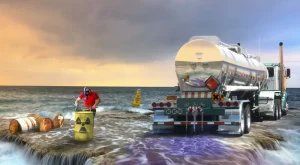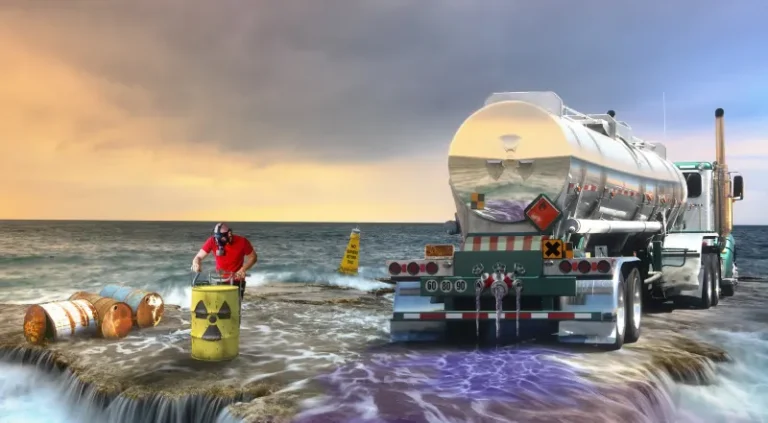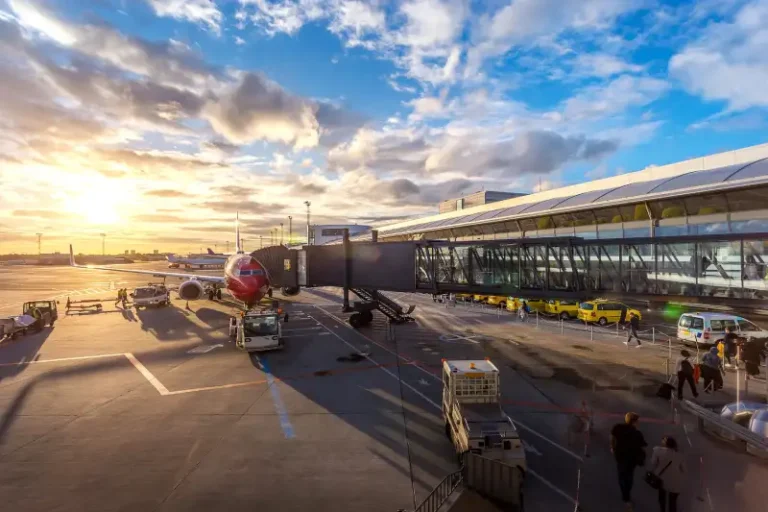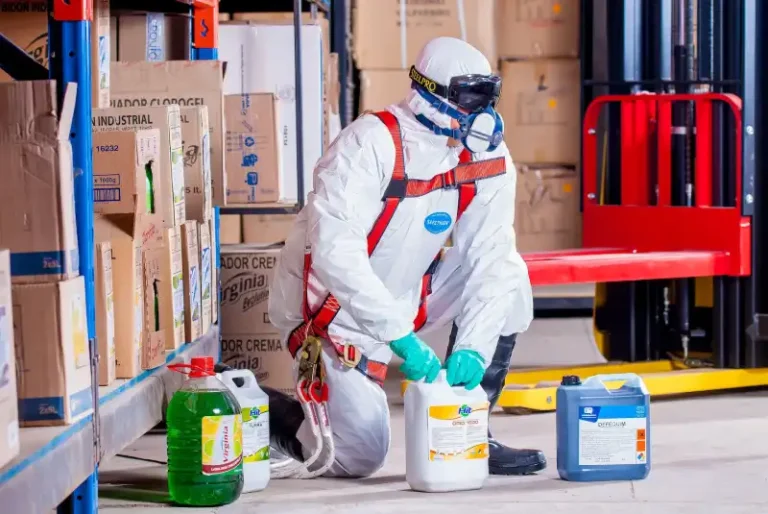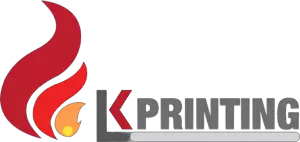The labelling of hazardous chemical packages and containers helps ensure the safe transport of chemicals. Hazardous chemicals can be dangerous if not handled properly, and their hazards can range from being toxic, corrosive or flammable.
Proper labelling provides important information about the nature of the hazard, and the necessary precautions that should be taken when handling, using, or storing the chemicals.
What is on a Hazardous Chemical Label?
Manufacturers, suppliers, importers, and PCBUs (persons conducting a business or undertaking) must ensure that the hazardous chemicals they produce or import are correctly classified and labelled before they are supplied to customers.
The label must be in English and include:
- Chemical expiry dates
- Chemical ingredient proportion and identity as per WHS Regulations Schedule 8 Chemical or product name
- Emergency and first aid procedures where they are not featured elsewhere on the label
- Hazard statements that describe the type and severity of the hazard
- Manufacturer or importer’s name, address, and business telephone number
- Pictograms that visually represent the type of hazard
- Precautionary advice to prevent or reduce the risks associated with the hazard
- Signal words such as danger or warning
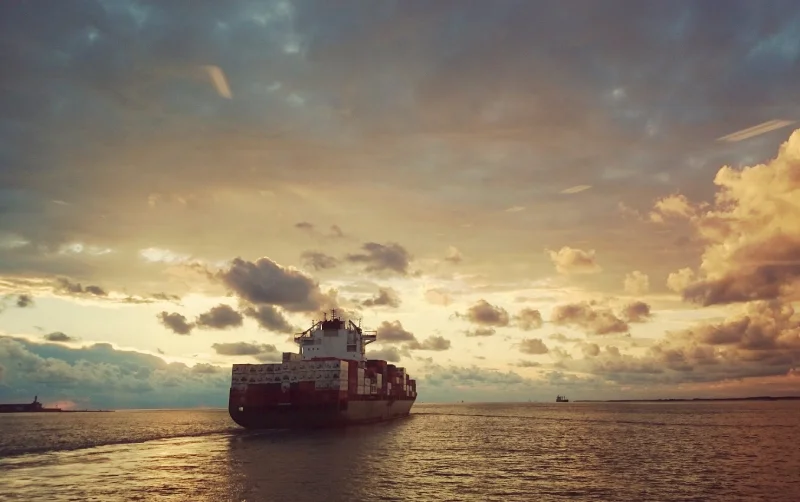
Who is Responsible for Labelling and Safe Handling of Hazardous Chemicals?
Manufacturers, suppliers, importers, and PCBUs have specific responsibilities for the correct labelling, safe handling, storage, and transport of dangerous goods.
Workers must also be made aware of the potential hazards associated with the chemicals they are handling. This includes training so they can safely work with dangerous chemicals.
The key responsibilities include:
Manufacturers of Hazardous Chemicals
Manufacturers must ensure that their products are properly labelled with hazard information and any necessary warnings or precautions. This information must be accurate and up-to-date.
Importers of Hazardous Chemicals
Importers must ensure that the chemicals they bring into the country are labelled in accordance with the relevant regulations. They must also provide any necessary safety data sheets (SDSs) to downstream users.
Suppliers of hazardous chemicals
Suppliers must ensure that the chemicals they sell are properly labelled with all necessary hazard information and warnings. They must also provide SDSs to downstream users.
PCBUs Using Hazardous Chemicals
Businesses using hazardous chemicals in the workplace must ensure proper labelling and accurate records of all hazardous chemicals. Workers who handle these chemicals must also be trained in their safe use.
What are GHS and OSHA Labelling Standards for International Freight?
Labelling of hazardous chemical containers is mandated by various national and international regulations, such as the Globally Harmonised System of Classification and Labelling of Chemicals (GHS) and the Occupational Safety and Health Administration (OSHA).
The GHS is used for international dangerous goods shipments. The GHS standardises and harmonises classification and labelling of chemicals by over 70 countries, including Australia and New Zealand’s major trading partners.
The OSHS Hazard Communication Standard was developed to protect employees from exposure to hazardous products and chemicals. It provides advice on labelling and warning requirements, material safety datasheets (MSDS).
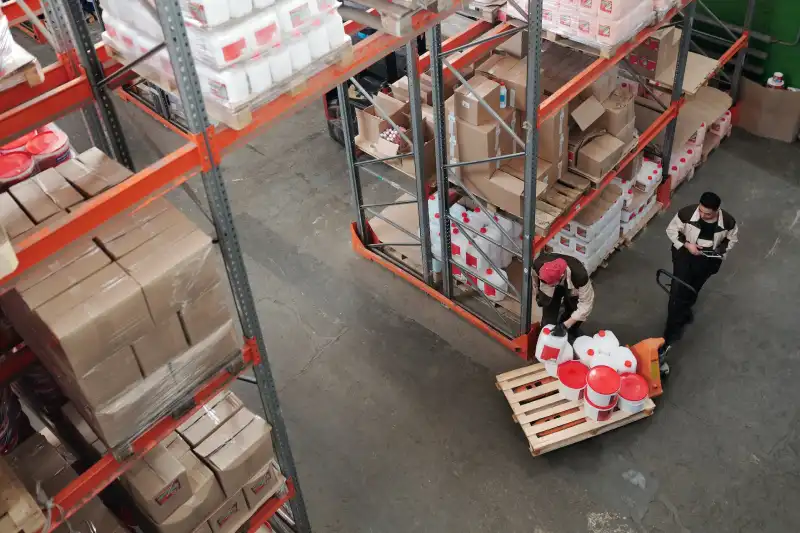
What are UN Numbers?
UN numbers are internationally recognised and are used to identify hazardous materials in all modes of transportation.
UN numbers are four-digit codes assigned to hazardous materials or dangerous goods to identify them during transportation. These numbers are used to classify and describe the hazardous materials and to ensure that they are handled and transported safely.
The UN numbers are assigned by the United Nations Committee of Experts on the Transport of Dangerous Goods based on the characteristics and properties of the hazardous materials. Each UN number corresponds to a specific type of hazardous material or dangerous good and is associated with specific transportation regulations and requirements. For example, UN1203 is the UN number for petrol, while UN1090 is the UN number for acetylene.
Both dangerous goods placards and UN numbers are important tools for ensuring the safe transportation of hazardous materials and protecting people, property, and the environment from the potential hazards associated with these materials. They help to alert emergency responders and others to the presence of hazardous materials and to provide critical information for responding to incidents involving these materials.
What are Emergency Action Codes?
Emergency Action Codes (EAC), or Hazchem codes, are a warning system used in Australia, New Zealand, the United Kingdom, and other countries when transporting hazardous substances.
Hazchem codes detail the emergency actions needed when there an accident with the transport of dangerous goods.
Mandatory Use of Hazchem Codes for Dangerous Goods Shipments
In Australia, the display of Hazchem codes is mandatory when transporting dangerous goods. Hazchem codes are defined by the Australian Dangerous Goods Code, also known as the ADG Code.
These codes are regulated by state based emergency services. Each code features an emergency action code of letters and numbers that are used by fire departments, police, and other services in case of an accident. These codes help identify the type of danger such as flammability, toxicity, or corrosiveness.
Hazchem Codes are listed for most dangerous goods in featured in Appendix C Emergency Action of the Australian Dangerous Goods Emergency Code List.
LK Printing Dangerous Goods Labels
LK Printing provides labelling solutions for local and international markets. We specialise in dangerous goods labels for air freight, maritime, rail, and road transport:
- Class Diamond dangerous goods labels
- United Nations (UN) labels
- Subsidiary risk labels
- International Air Transport Association (IATA) labels
- Globally Harmonised System (GHS) chemical labels
- Custom labels
- Emergency Information Panels
- PVC Vinyl Banners
Call LK Printing on 0434 154 351 for advice on the right labels for your needs.
